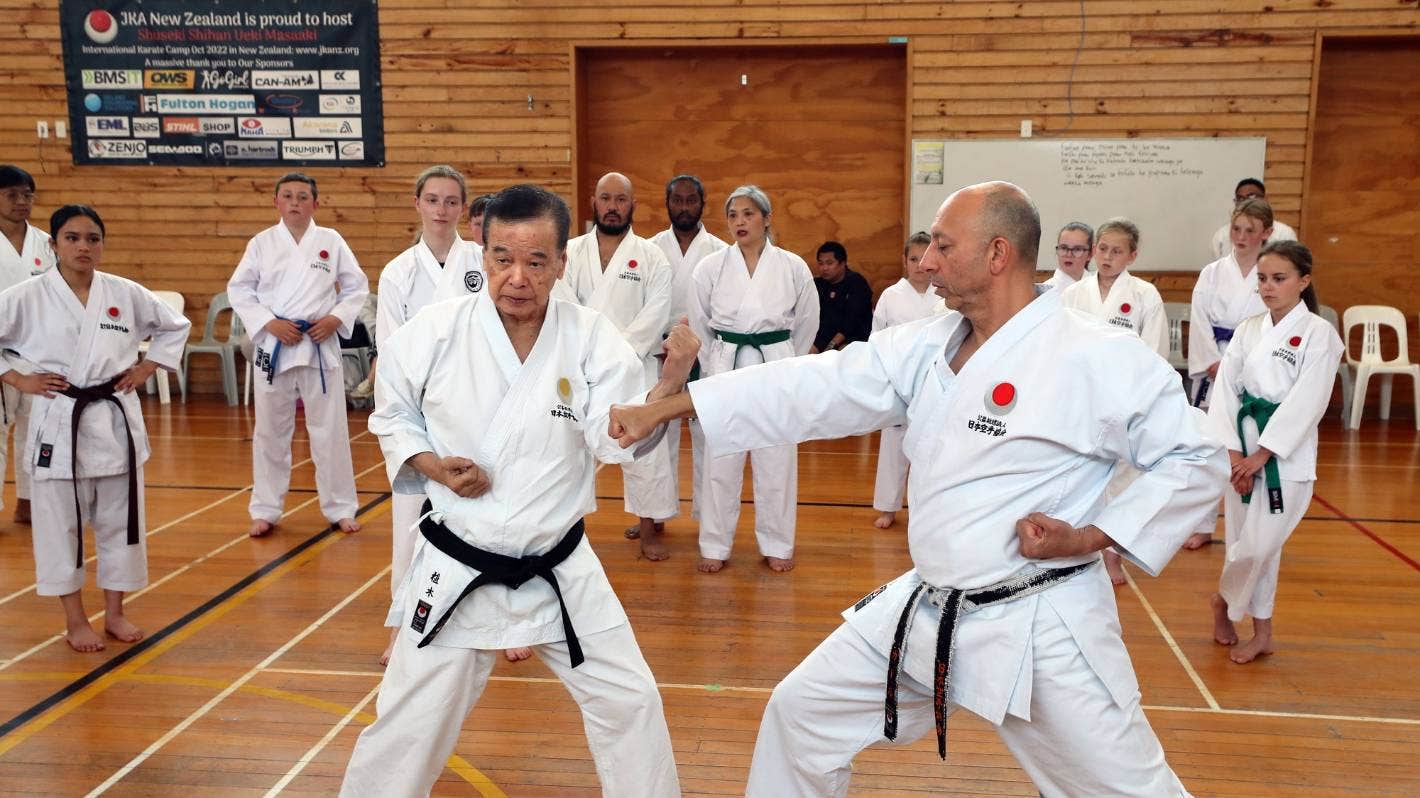オークランドの大手高級不動産エージェント、マイケル・ブルガリスは、生活費の危機は最も裕福な居住者にも影響を及ぼしていると主張しています。彼は、多くの人が生活費を支払うためにジュエリー、スポーツカー、デザイナーハンドバッグなどの高級品を売り払っていると報告しています。オークションハウスは、販売される高級品の量を管理するのに苦労しています。
Boulgarisは、この行動は世界金融危機 (GFC) の際に観察したものと似ていると指摘しました。同氏は、高級不動産市場には現在、長年市場に出回っている高価な住宅が殺到しており、複合的な問題が浮き彫りになっていると指摘しました。
ニュージーランドのオークションハウス、ダンバー・スローンのマネージング・ディレクターであるダンバー・M・スローン氏は、取り扱っている商品の数が増えていることを確認した。中には高額な保険料の支払いや盗難の心配を避けるために貴重品を売っている人もいる。
高級品が流入しているにもかかわらず、高級品は依然として需要が高く、価格も高騰しています。たとえば、最近、ダンバー・スローンのオークションで珍しいパテック・フィリップ・ノーチラスの時計が14万ドルで落札されました。
高級品だけでなく、デザイナーブランドの洋服やアクセサリーも売られています。最近のオークションでは、エルメスケリーのバッグが13,000ドル、エルメスとシャネルのスカーフが約500ドルで販売されました。
Webb’sのマーケティング責任者であるCaolán McAleer氏も、市場に出回る高級ファッショングッズの数が増加していると報告しました。彼は、財政的に厳しい時期に清算のための投資として高級品を購入する人がいることを指摘しました。
Webbの高級時計とジュエリーの責任者であるChristine Powersは、オークションに出品される大きな作品の中には、2万ドルから4万ドルの値段で売れるものもあると述べています。彼女は、現在の市場は品揃えの幅が広いため、買い手に有利に働いていると指摘しました。

















































-660x440.jpg)











